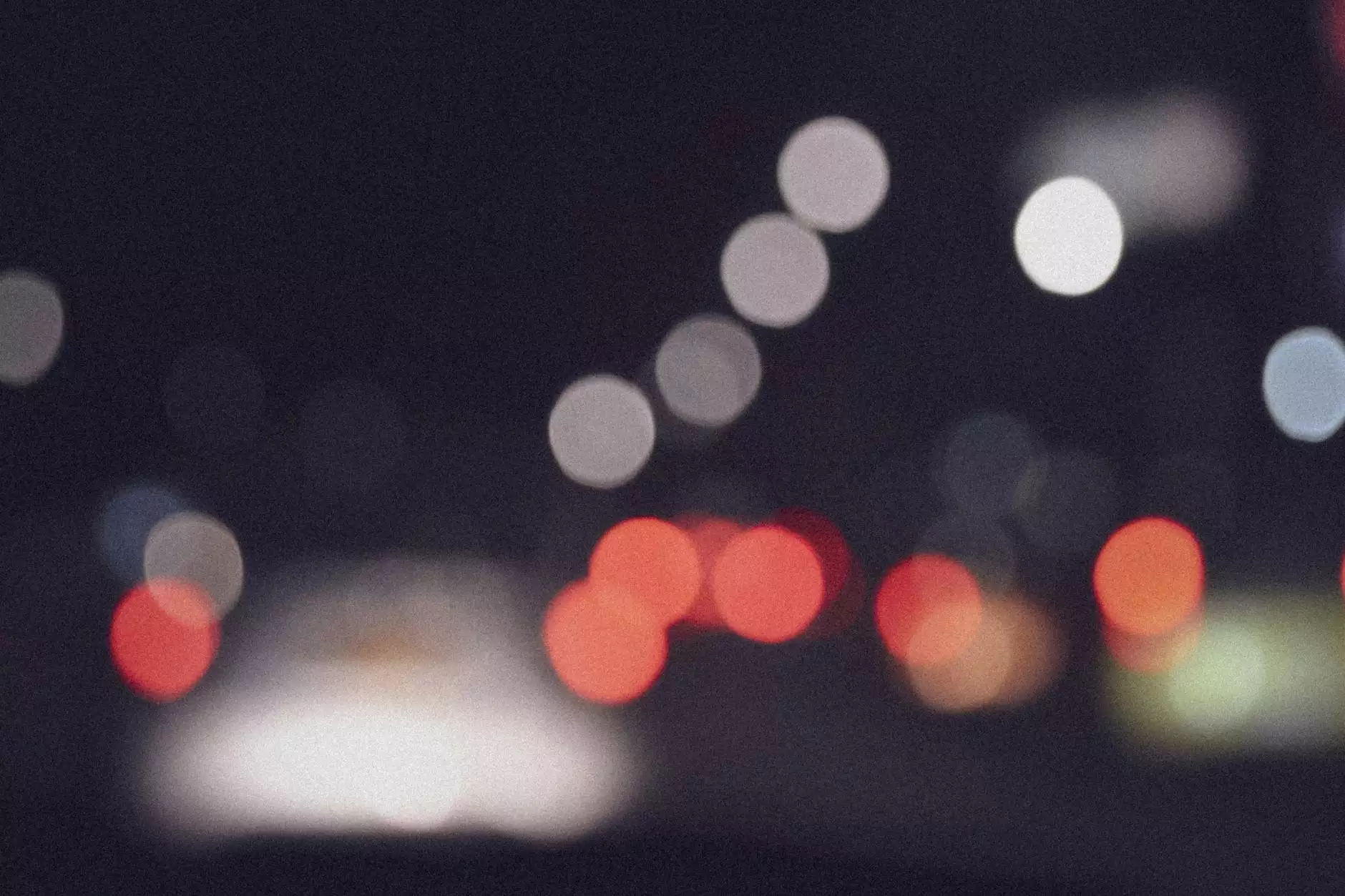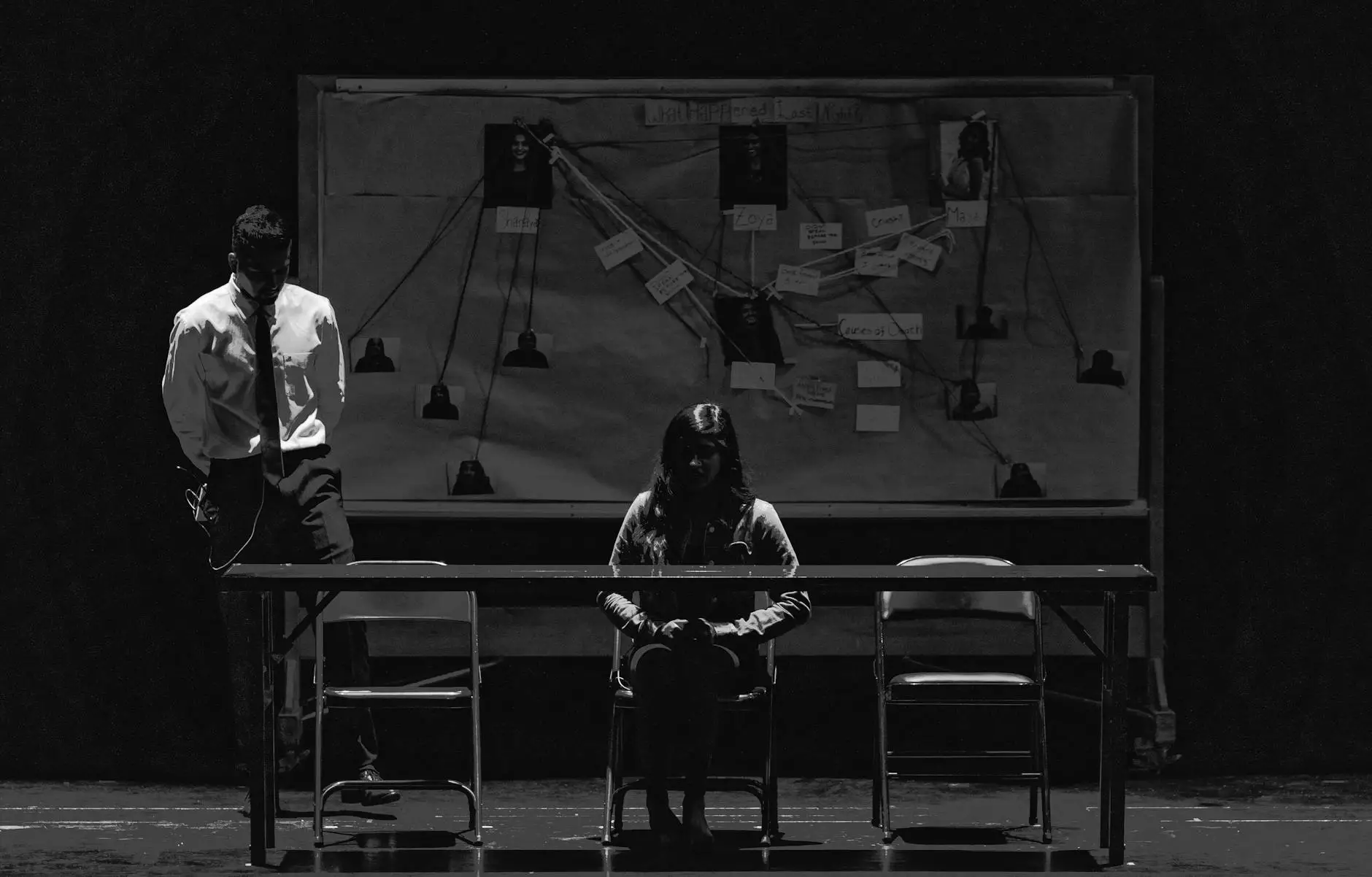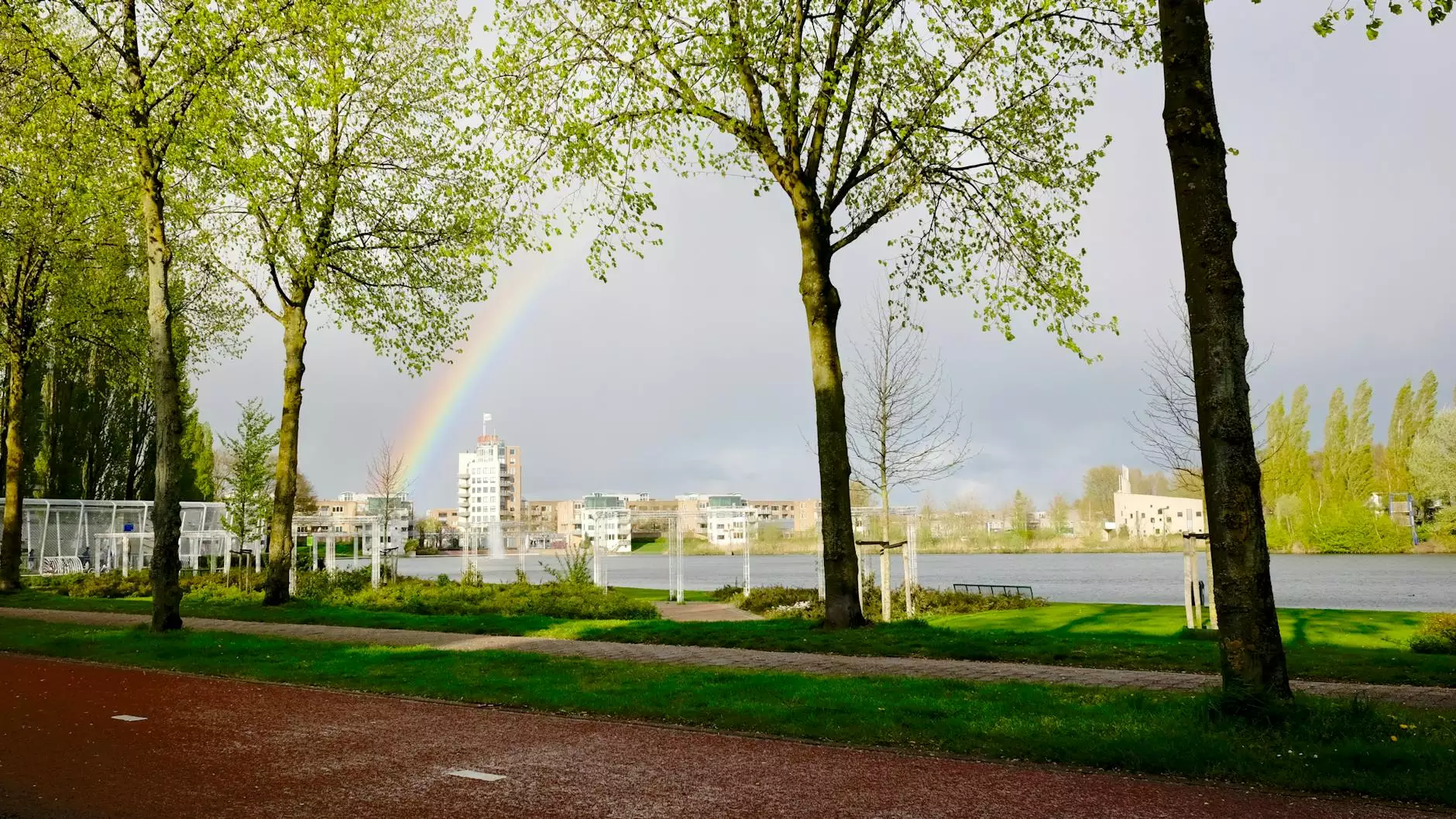Illuminating Creativity: The Rise of the Contemporary Light Artist

In an age where technology meets art, the role of the contemporary light artist has never been more crucial. This innovative genre not only challenges traditional artistic boundaries but also invites audiences to experience art in a dynamic and immersive way. Artists like Grimanesa Amorós are at the forefront of this movement, blending creativity with cutting-edge technology to illuminate spaces, evoke emotions, and provoke thought.
The Essence of Contemporary Light Art
Light art is an artistic practice that employs light as a primary medium. It encompasses a wide range of forms, such as installations, projections, and sculptures. A contemporary light artist harnesses various technologies, including LED lights, neon tubing, and digital projections, crafting experiences that are not just visual but also sensory. This evolving art form reflects modern societal themes, from the complexities of urban life to existential inquiries about the nature of reality.
A Brief History of Light in Art
Historically, light has played a pivotal role in art, dating back to the Renaissance when artists like Caravaggio mastered the use of chiaroscuro to manipulate light and shadow. However, the advent of the 20th century marked a turning point. With the rise of modernism and postmodernism, artists began exploring new ways to incorporate light into their works. Figures like Dan Flavin and James Turrell pioneered the use of artificial light in art, laying the groundwork for today’s contemporary light artists.
The Techniques and Materials Used by Light Artists
Contemporary light artists employ a variety of techniques and materials to harness the power of light. Some of the prevalent methods include:
- LED Technology: Light Emitting Diodes (LEDs) are extensively used for their versatility and energy efficiency. They can be programmed to change colors and patterns, allowing artists to create dynamic installations.
- Projection Mapping: This technique involves projecting video or images onto a surface, transforming ordinary objects into interactive displays. It blurs the lines between the real and the surreal.
- Interactive Installations: Many contemporary light artists create immersive experiences where viewers can engage with the artwork through their movements, making the experience uniquely personal.
- Neon Art: Neon tubes remain a popular choice for artists looking to evoke nostalgia while experimenting with modern themes. The vibrant colors and glowing lines can convey powerful messages.
Grimanesa Amorós: A Beacon of Contemporary Light Art
Among the luminaries of the contemporary light artist community, Grimanesa Amorós stands out for her unique ability to merge cultural narratives with stunning light installations. Her works often draw inspiration from her Peruvian heritage, exploring themes of identity, transformation, and connection. By utilizing light, she creates ethereal experiences that invite viewers to engage with their surroundings in a new way.
Celebrating Diversity and Community
Grimanesa’s art is not just about aesthetics; it’s also about fostering community and promoting dialogue. Many of her installations include elements that speak directly to the community’s history and culture, helping raise awareness and appreciation for diverse experiences. This thoughtful approach captures the essence of what it means to be a contemporary light artist today.
The Impact of Contemporary Light Art on the Art Scene
The influence of contemporary light artists extends far beyond galleries and museums. These artists are reshaping public spaces, transforming them into canvases that enhance communal experiences. Festivals dedicated to light art, such as the Festival of Lights in Berlin or Vivid Sydney, draw thousands of visitors, showcasing how light can turn entire cities into living art installations.
Creating Emotional Connections
The emotional power of light should not be underestimated. Contemporary light artists utilize color, brightness, and form to evoke feelings ranging from joy to melancholy. For instance, the use of warm colors can create feelings of comfort and nostalgia, while colder tones may evoke a sense of calm or isolation. Through these emotional connections, artists like Amorós invite viewers to reflect and engage on a deeper level.
Future Trends in Light Art
The future of light art is incredibly promising. As technology continues to evolve, we can anticipate even more innovative uses of light in artistic expression. Some potential trends include:
- Augmented Reality (AR): Incorporating AR elements can create layered experiences, allowing audiences to interact with light art through their smartphones and devices.
- Environmental Awareness: Many contemporary light artists are focusing on sustainability, utilizing eco-friendly materials and energy sources to reduce their environmental impact.
- Collaborative Projects: Artists are increasingly collaborating with technologists and scientists to push the boundaries of what light art can achieve, introducing elements of artificial intelligence and machine learning.
- Global Engagement: As the art world becomes more interconnected, the dialogue around light art is expanding. Artists from diverse backgrounds are sharing their perspectives, creating a rich tapestry of cultural narratives through light.
Conclusion: The Light of Tomorrow
The world of contemporary light artists is a vibrant and evolving space that inspires and challenges our perceptions of art. Artists like Grimanesa Amorós are paving the way for future generations to explore the limitless possibilities of light as a medium. From transforming public spaces to fostering community conversations, the impact of these artists is profound and far-reaching.
As we move forward, it is crucial to embrace and support the works of contemporary light artists, recognizing their ability to illuminate not just spaces, but also minds and hearts. Art, in its essence, is about connection, and light has emerged as a potent language that transcends boundaries, inviting us all to partake in a shared experience of creativity and expression.









